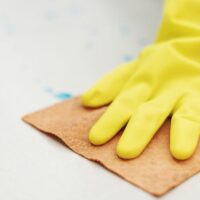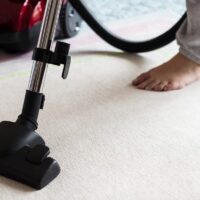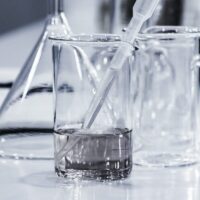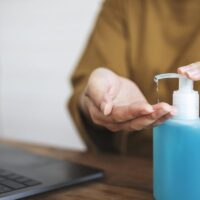 by Andrea Velasquez, Certified Clinically Clean® Specialist
by Andrea Velasquez, Certified Clinically Clean® Specialist
Knowing the basics of cleaning products can help you choose the right cleaner for the job, and the right cleaner for your cleaning style. If you’re one who doesn’t like to wear gloves, masks or goggles then a non-toxic cleaner may be the right cleaner for you.
According to the CDC, cleaning describes “the removal of germs, dirt, and impurities.” Cleaning doesn’t kill germs, but it lowers their numbers and risk by physically removing them from surfaces. Disinfecting, on the other hand, refers to killing germs with chemicals.
All Purpose Cleaners
If you’re looking to cut down on the number of cleaning products you use, a multi-purpose cleaner is the right cleaner to choose. One product is designed to clean multiple surfaces and helps you complete a variety of tasks. They are typically categorized as abrasive or non-abrasive cleaners.
Abrasives
Abrasive cleaners can be either liquid or powder form. The ingredients provide the abrasiveness that gives you the advantage of working less at cleaning harder. Popular minerals used in the making of abrasive cleaners include calcite, feldspar, quartz and silica.
The downside to abrasive cleaners is that over time they can remove the coating from some surfaces. Read the label to determine what surfaces you shouldn’t clean with an abrasive cleaner.
Non-Abrasives
Non-abrasive cleaners typically contain surfactants (surface active agents) and builders (water softeners). Non-abrasive cleaners are generally formulated to reduce the amount of foam making rinsing easier. Many non-abrasive multi-purpose cleaners on the market are available in concentrated formulas and must be diluted. Read the label!
Non-abrasive cleaners can also contain antimicrobial agents to disinfect. If so the label will specify the germs it kills and how long the surface must stay wet in order to achieve proper disinfection.
Most all-purpose cleaners work best in alkaline conditions, and they often contain an alkaline buffer salt such as sodium carbonate that can also function as a builder to further soften the water.
Other ingredients such as ammonia, pine oil and organic solvents like ethanol or isopropanol can be present. It is extremely important that you know what ingredients are listed on the label. If your cleaner contains ammonia, you would never want to mix it with bleach.
Specialty Cleaners
A wide range of specialty cleaners exist that are designed for specific surfaces such as glass, ovens and drains. When you have a specific job to do, such as opening a clogged drain, the right cleaner may be the one designed for that purpose alone.
Bleaches
Bleach is made from sodium hypochlorite and is used to remove stains on fabrics as well as hard surfaces. In addition it can be used as a disinfectant to kill bacteria, viruses and fungi. However, bleach is very corrosive and harmful if used incorrectly and without proper ventilation. Read the label.
Detergents
One of the biggest uses of detergents is for washing dishes and laundry because detergents are great at breaking up dirt, oils and grease.
Soaps and detergents are different. Soaps are made from natural ingredients such as plant oils…coconut, vegetable, palm, pine…or from acids derived from animal fat. Detergents are surfactants that are man-made (synthetic).
The advantages of detergents over soap are that they can work in lower temperatures and hard water, and they have a stronger cleaning action. Detergents also dissolve more completely in water. And they don’t leave a soap scum ring.
The major disadvantage of detergents is that they are non-biodegradeable.
There are many different types of detergents available—both powder form and liquid—from ones you can make at home to non-toxic varieties.
Disinfectants
Disinfecting cleaners contain antimicrobial agents which kill bacteria and viruses on surfaces. In order for the disinfectant to work as specified on the label, the surface must be free of heavy soil. It is extremely important to follow the label “Directions For Use.”
Drain Openers
A newer category of drain cleaners called “build-up removers” provide on-going drain maintenance, but these won’t be strong enough for opening a clogged drain.
Drain cleaners can be either very acidic or very alkaline. And in either case you need to use extreme caution. Read the label, and never mix drain cleaners. If the first application of your drain cleaner doesn’t open the clog, you must keep using the same brand. Mixing an acidic drain cleaner with an alkaline drain cleaner is a fire hazard.
Glass Cleaners
Ingredients in cleaners specifically labeled to clean glass are designed to clean without streaking. The products contain surfactants to loosen soil, liquid solvents to dissolve oily soils, and water. Builders are included to remove heavier soils, especially oily soils. Alkaline builders, such as ammonia, are more effective on acidic soils like body oils or cooking grease. Acetic acid (vinegar) provides better performance on alkaline soils like mineral salts. Opaque creamy glass cleaners contain surfactants and solvents. They also contain colloidal clays and silica, which absorb soil and dry after spreading.
Oven Cleaners
Oven cleaners are designed to work in either a heated oven or a cold oven. Both use alkaline salts to remove the soil, but the cold cleaners are the strongest. Both should be used according to the label directions and with proper ventilation.
Shower Cleaners
Daily shower cleaners are formulated to prevent soap scum build-up and mildew without rinsing, wiping or scrubbing. Some products may not be suitable for marble.
Toilet Bowl Cleaners
Toilet bowl cleaners are another cleaning product that fall into the “do not mix” with each other category. The primary ingredients in some toilet bowl cleaners are surfactants plus oxidants or acids. Toilet bowl cleaners with disinfecting action contain antimicrobial agents, such as quaternary ammonium salts. To dissolve stubborn rust and hard water stains, some products may contain strong acids, such as hydrochloric acid.
Products containing sodium hypochlorite as the oxidizing agent also include alkalis, such as sodium hydroxide, sodium metasilicate or sodium carbonate and would be dangerous to mix with an acid cleaner.
Porcelain Cleaners
Tub, tile and sink cleaners are usually liquid or foam and are formulated to remove hard water deposits, soap scum, rust stains and discoloration due to mold growth. Almost all of these cleaners contain surfactants in addition to solvents and oxidizers. Some may be harmful to your skin. Read the label to determine whether or not you need to apply with gloves.
Dusting Products
Some dusting sprays may contain additives for helping remove oil-based and water-based stains from furniture. Ingredients may include a light hydrocarbon oil used for dust pick-up. An organic solvent is the active ingredient for removal of oil-based stains; water may be present to pick up water-based soils. These are not intended for use on floors as they make the surface slippery.
Floor Care Products
Because of the wide range of flooring, it is necessary for you to follow the manufacturer’s recommendation for cleaning. Or read the product label to determine whether or not the product is suitable for your type of flooring.
For additional cleaning tips, visit DisinfecTips.com
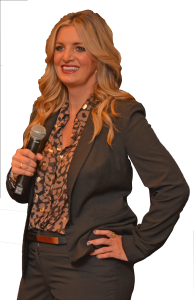 by Autumn Ryan, Founder and CEO of Aseptic Health
by Autumn Ryan, Founder and CEO of Aseptic Health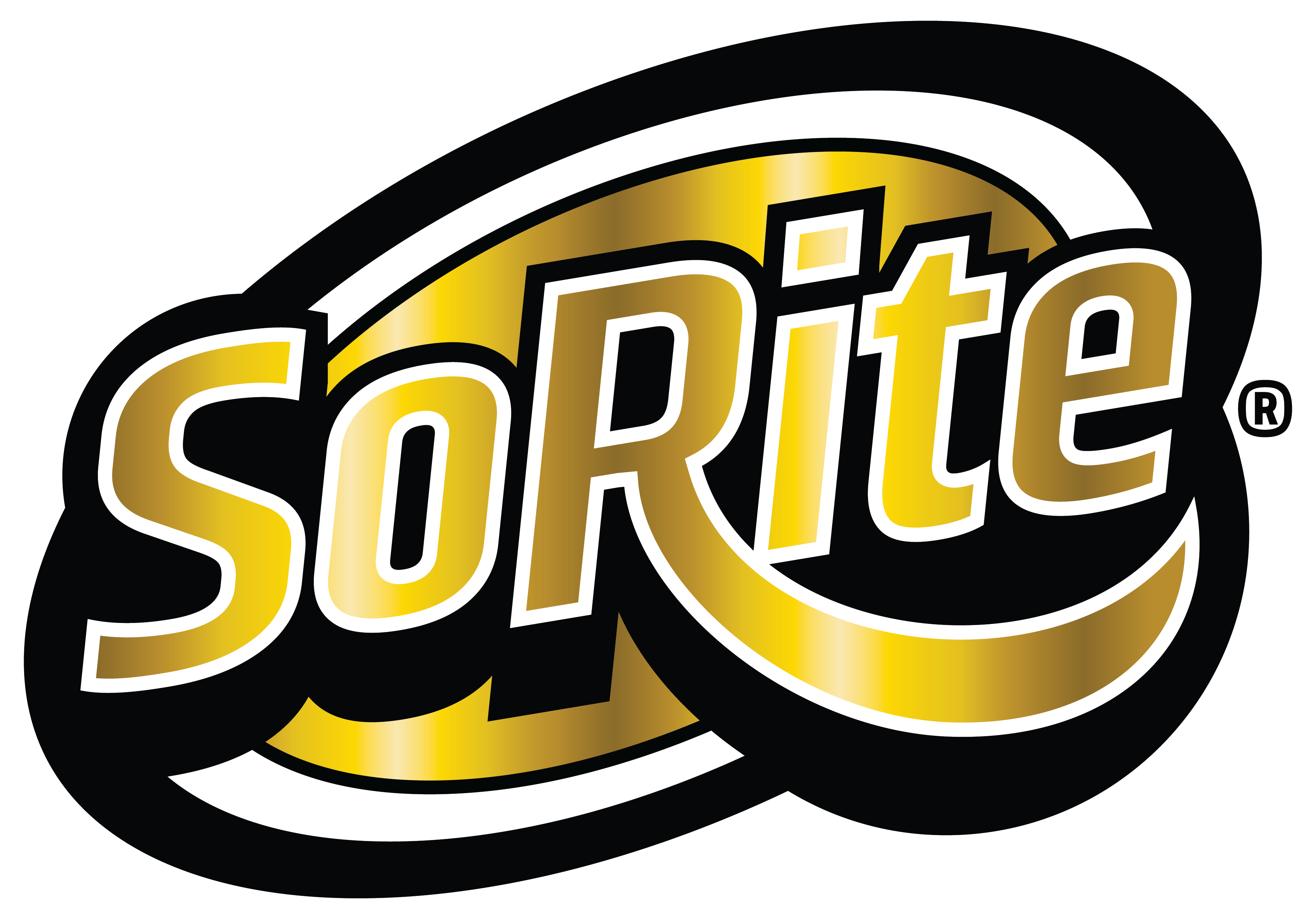

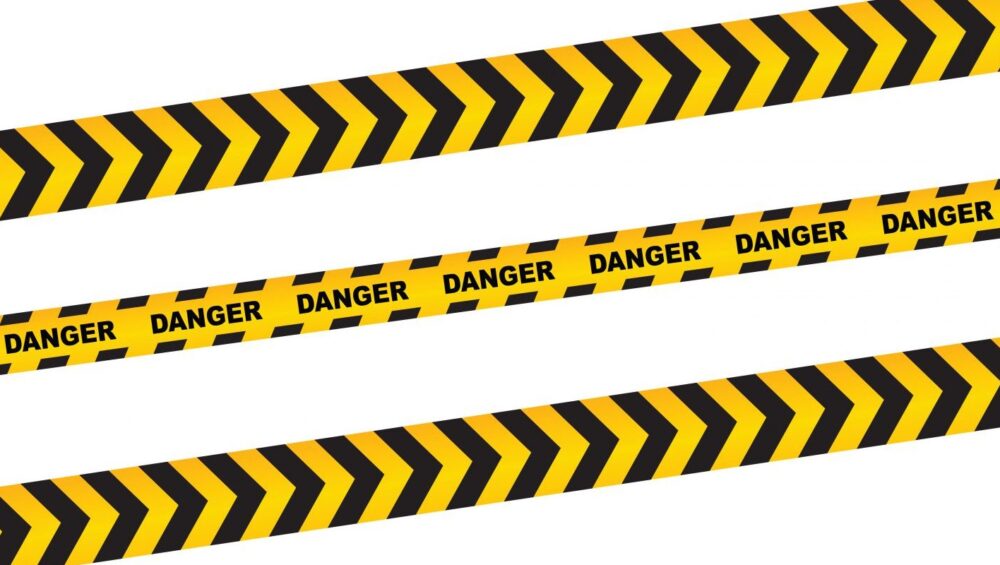
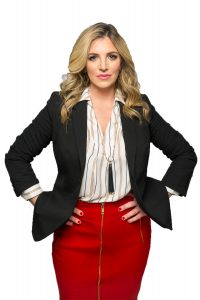 By Autumn Ryan, Founder and CEO of Aseptic Health
By Autumn Ryan, Founder and CEO of Aseptic Health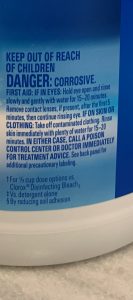

 by Stephen Lawson, COO of Aseptic Health
by Stephen Lawson, COO of Aseptic Health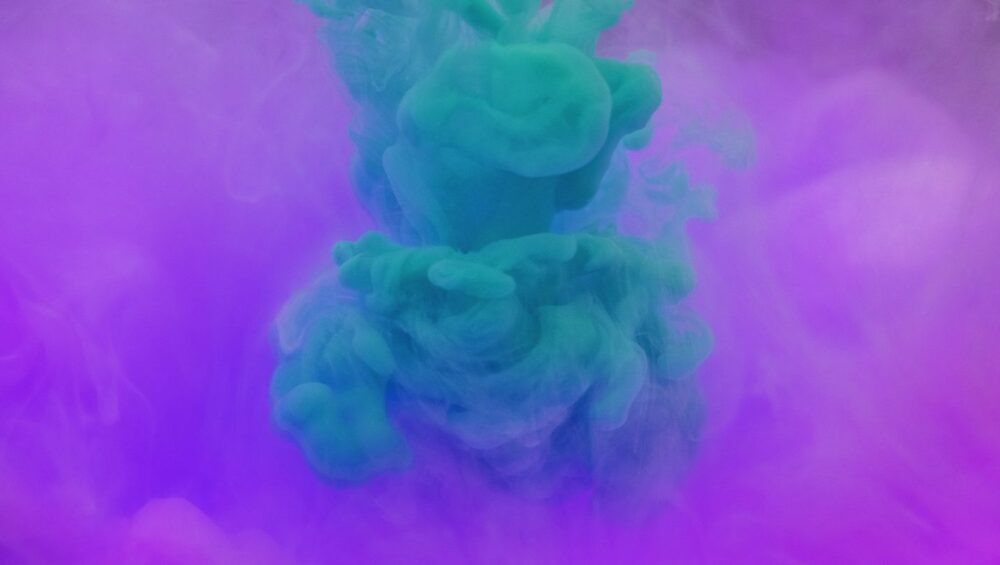

 by Dana Ryan, Certified Clinically Clean® Specialist
by Dana Ryan, Certified Clinically Clean® Specialist
 by Pat Cummings, Certified Clinically Clean® Specialist
by Pat Cummings, Certified Clinically Clean® Specialist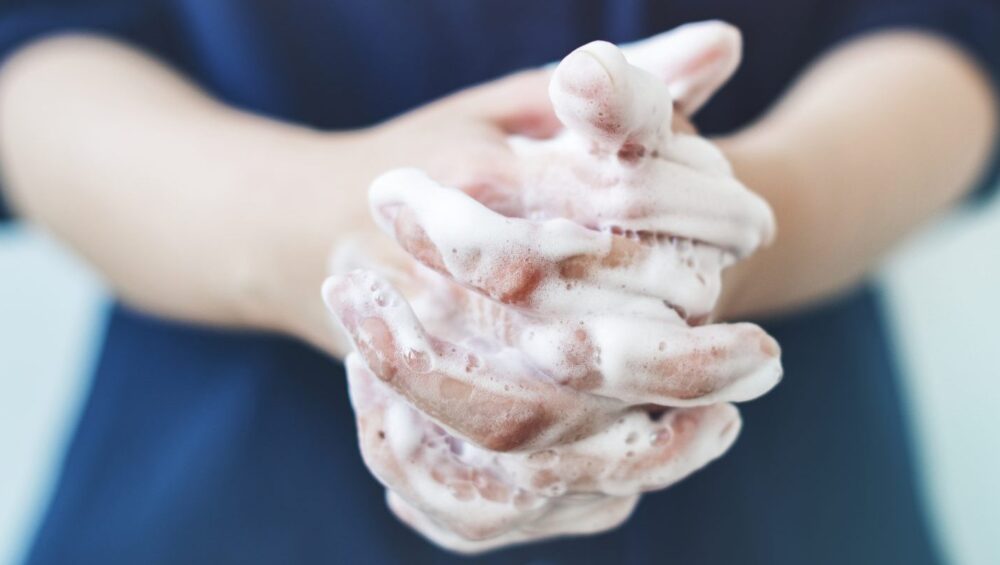
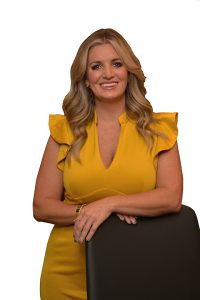 by Autumn Ryan, Founder and CEO, Aseptic Health, LLC
by Autumn Ryan, Founder and CEO, Aseptic Health, LLC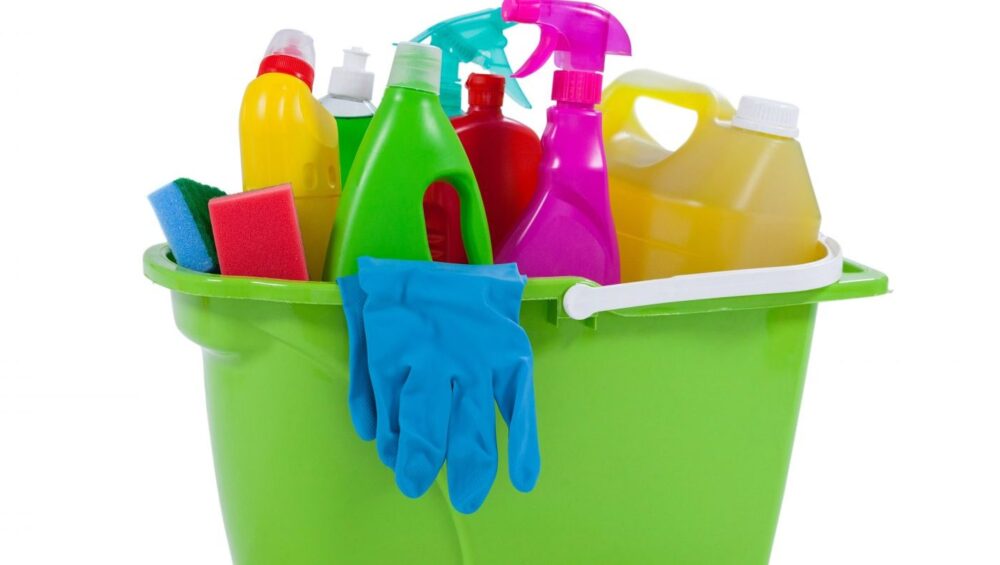
 by Andrea Velasquez, Certified Clinically Clean® Specialist
by Andrea Velasquez, Certified Clinically Clean® Specialist
 by Stephen Lawson, COO of Aseptic Health and Certified Clinically Clean® Specialist
by Stephen Lawson, COO of Aseptic Health and Certified Clinically Clean® Specialist